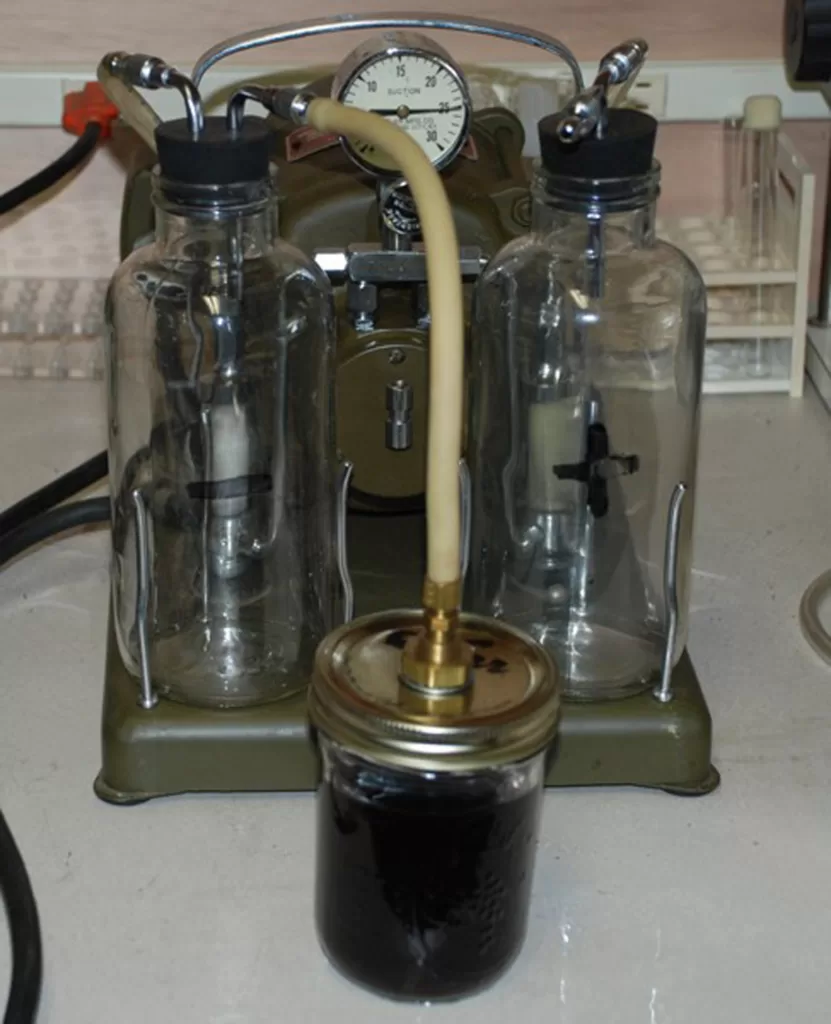General Disaster
A Country Member
Thanks! The interest is purely academic, it's interesting to compare the techniques I learned working in a chem lab, with the modern consumer devices to do the same job without needing all the crap.Below is a link to the SOURCE TURBO “Manual”, if you are interested in the details.
So this thing is essentially a vacuum evaporator with a separate reservoir where the vapour condenses (to recapture it). So in fact I'll bet you could also use it to reduce the solvent off a more traditional solvent extraction! Obviously need to use a suitable solvent so it doesn't dissolve the plastics etc!
I presume you can attach a tube to the buchner funnel to vacuum filtrate? It would seem the sensible thing since the unit has a vacuum pump, but the manual didn't seem to mention it or show a take-off for a tube to connect the buchner. Or is it (buchner) gravity only? Seems odd if so, as a buchner is specifially for doing vacuum filtration.
This essentially equates to a home version of a rotary evaporator, which holds a round bottom flask half in a hot water bath, tilted at about 40 degrees from horizontal, and turning on that axis to rotate the flask in the bath. The rest of the thing is essentially a condenser and a separate round flask for capturing the condensed solvent, and has a vacuum take off to reduce the pressure and lower the solvent's B.pt.
But they should be run in a fume cupboard, and can handle larger amounts much faster than this will (but at a price! $$$). But still the same thing in essence - interesting, thanks for the url.


